Blog
Browse our articles below and learn the ins and outs for investment lending!
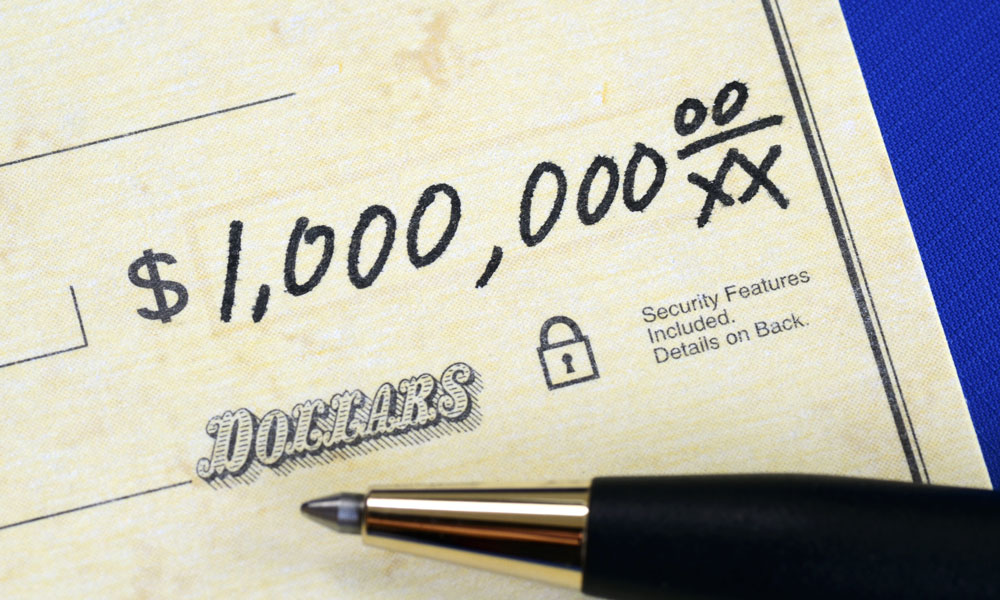
Property-Powered Wealth: The Real Estate Path to Your First Million
New investors want a straight answer on how people actually reach a million dollars with real estate. Not a theory. Not a hype-driven promise. Just a clear explanation of what people do, step by step, and why it works more predictably than many other asset classes. Real estate gives investors control over leverage, cash flow, and forced appreciation. It lets someone with moderate starting capital move toward outcomes that feel out of reach in traditional investing. And the path has patterns. You’ll see them repeated across beginners, seasoned operators, and anyone who follows a structured plan like the ones promoted by BRRRR Loans and the 7 Steps to Financial Freedom program.

Multifamily Investing 101 - A Beginner’s Guide to Getting Started in 2026
Multifamily investing is not a side hustle anymore. In 2026, it is capital-heavy, data-heavy, and competition-heavy. New investors don’t lose because they chose the wrong property type. They lose because they didn’t understand how acquisition, financing, renovation, operations, and exits actually connect. If you don’t understand that full chain before you buy, the math will punish you later. This guide is about how to start investing in multifamily properties as a beginner, without skipping the hard parts.

Smart Ways to Evaluate Rent vs Sell After a Rehab
The rent-versus-sell decision after a rehab shapes cash flow, risk exposure, tax outcomes, and long-term portfolio growth. Wrong timing or flawed math can trap capital for years or erase profit fast. Many investors handle rehab correctly, then rush the exit choice without full evaluation. That mistake shows up later as poor returns, stalled scaling, or forced sales. This guide focuses on clear ways to analyze the rent-versus-sell decision after rehab. Numbers come first. Risk comes second. Strategy comes third. Emotion stays out.
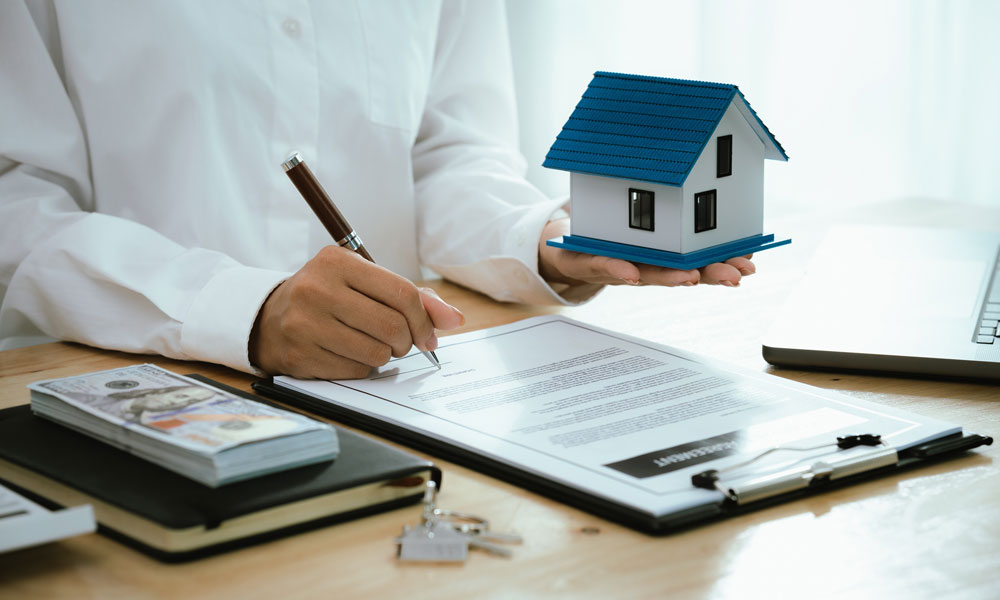
Creative Ways to Finance Your Next Real Estate Investment
Getting the money to fund a real estate deal doesn’t always mean walking into a bank and applying for a conventional loan. Investors today have more options - and more flexibility - than ever before. Whether you’re flipping, renting, or following the BRRRR method, the right financing can be the difference between closing quickly and missing out.
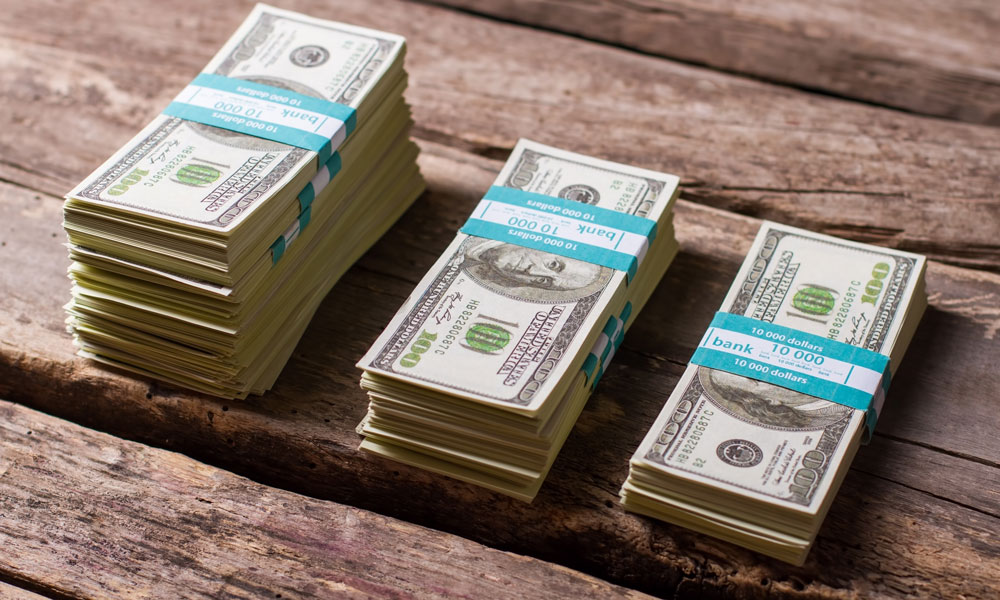
Choosing Between DSCR, Hard Money, and Conventional Loans
When you’re buying investment property, the loan you pick decides how fast you grow. Some loans are built for long-term holds. Others are built for speed. The trick is understanding which one to use - and when.
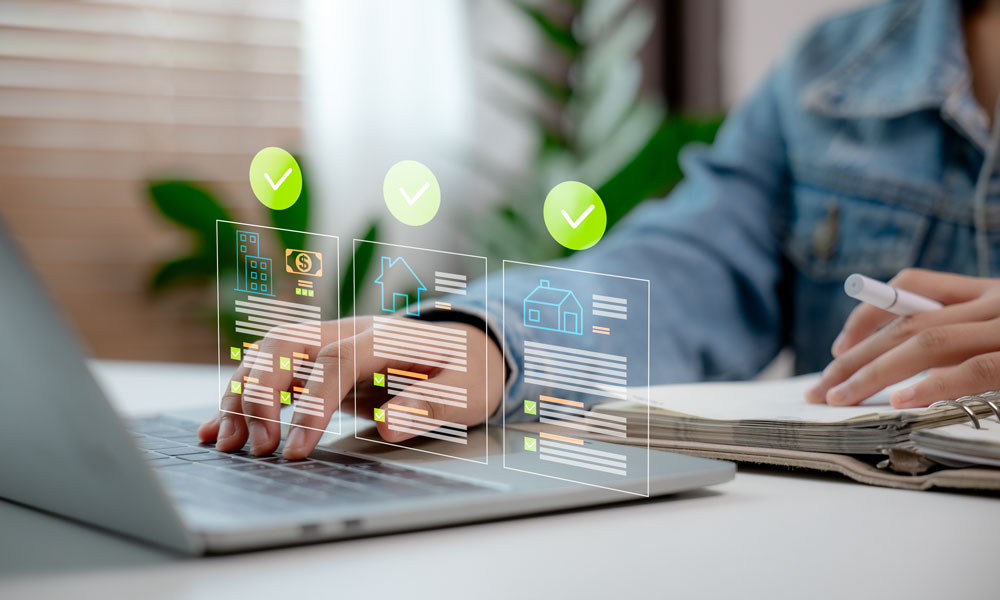
Why Data Is Reshaping the Future of Real Estate Lending
The real estate lending business is changing fast -and data is driving the change. Hard money lenders, private lenders, fix-and-flip investors, and portfolio buyers are no longer making decisions based purely on instinct or old-school underwriting formulas. They’re using data. Data analytics is becoming the foundation of modern real estate lending.

Real Estate Investors Calculator: Your Complete 2026 Guide
The real estate investors calculator from Brrrr Loans operates on a straightforward yet powerful framework that transforms raw property data into actionable investment insights. This innovative platform offers a completely free real estate investment calculator that rivals premium tools in functionality and accuracy.

7 Steps to Financial Freedom: The Complete Real Estate Investor's Guide
Joel Kraut, author of "7 Steps to Financial Freedom" and founder of Brrrr Loans, has spent decades helping investors break free from traditional financial limitations. Through his coaching program and lending services, Joel has guided hundreds of clients toward financial independence using a straightforward seven-step framework.

Real Estate Investment Hotline: Expert Advice & Fast Funding
Access instant answers to your real estate investment questions with the Real Estate Investment Hotline by Brrrr Loans. Get expert advice, funding solutions, and actionable tips for investors of all experience levels.
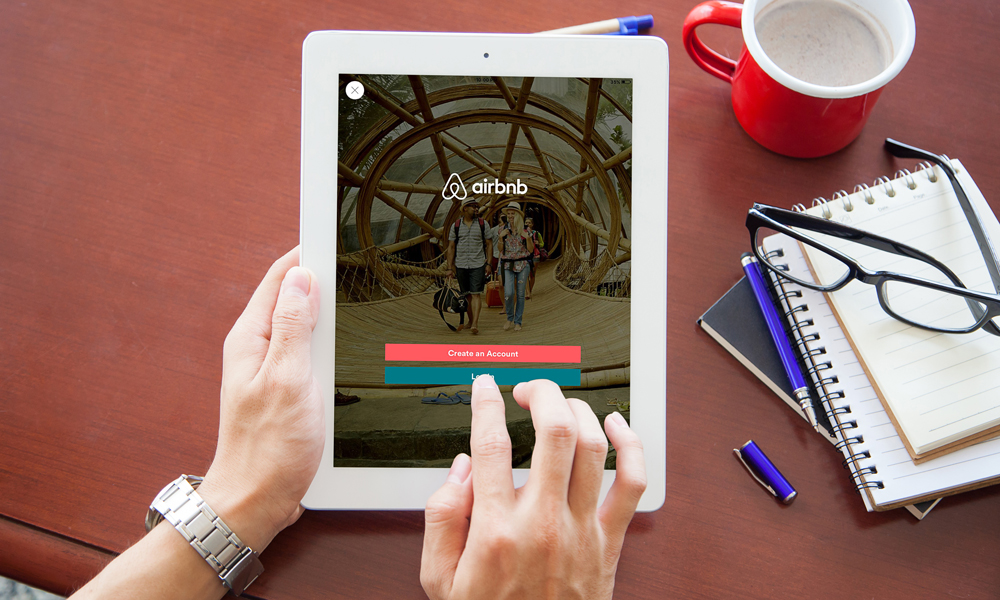
How to Choose the Best Airbnb Markets for Investment
The key to profitable Airbnb investing lies in finding markets that offer the perfect balance of high demand, reasonable entry costs, favorable regulations, and sustainable growth potential.

